Orange Collective
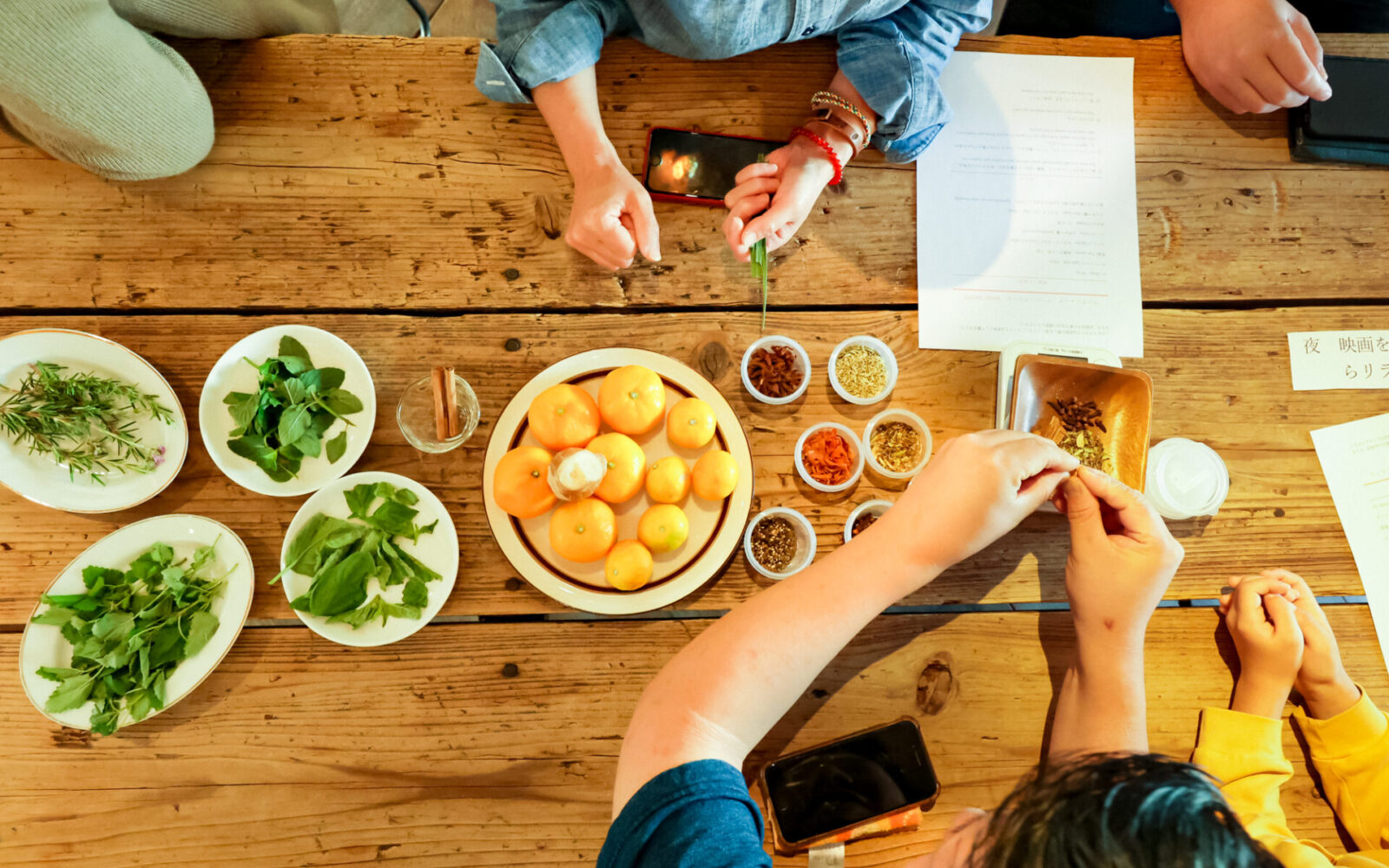
Reflections on the workshop ‘Let’s make chai with Indian spices, Vietnamese herbs and Wakayama oranges!’
Instructor: Mari Rawanchaikul (4th year, Faculty of Literature, Osaka University)
Since last summer, I inaugurated an art-business complex project to produce chai products combining Indian spices with tea leaves and ingredients from various regions of Japan, as well as short films on the production process, interviews with the producers, and the history and climate of the region. The project is my first personal attempt to look at my roots in both Japan and India, at the same time, is one of ways to realise my dream of becoming a bridge between the two countries through art and culture. Currently, some related research have begun in other prefectures. Here in Kinan, the project was also embarked by the workshop with a Vietnamese artist Tuan Mami, “ Let’s make chai it h Indian spices, Vietnamese herbs and Wakayama oranges! “.
“Mikankaku” at the workshop
The theme of Kinan Art Week 2023 was “Mikankaku”. Mikan (: oranges, unfinished, unfeeling) and Kankaku (: sensation, interval)… Although there are three possible translations, I felt that by sharpening my sensation for all things, including oranges, I was gently encouraged to perceive/re-perceive something unnoticed that are usually passed. I believe that this will help us to become aware of things that are “unsensed” and “interval”, regardless of the material.
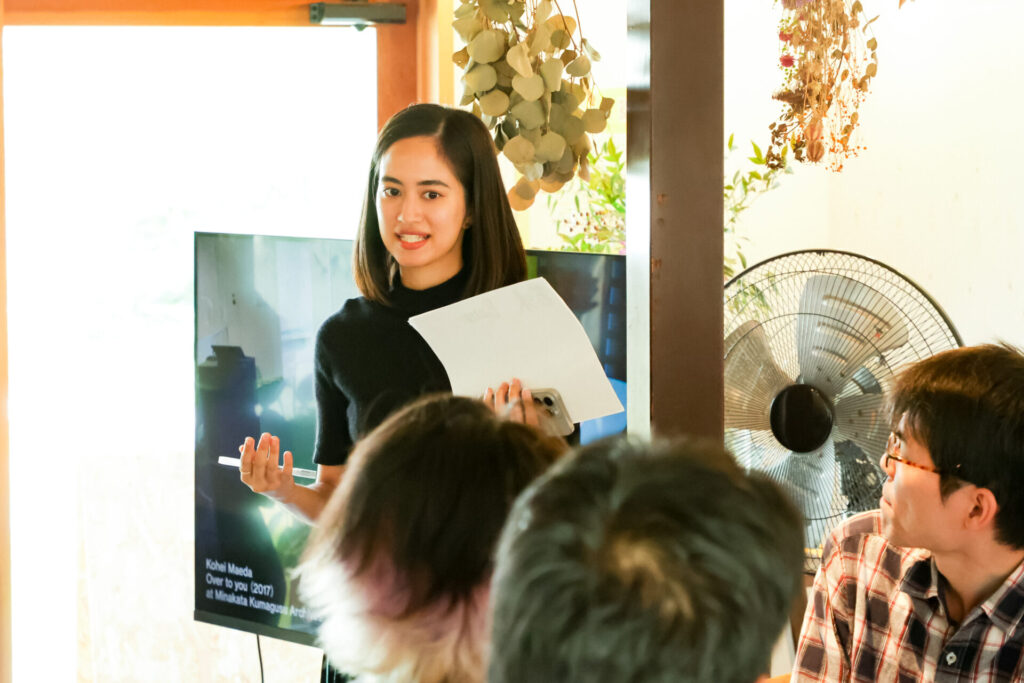
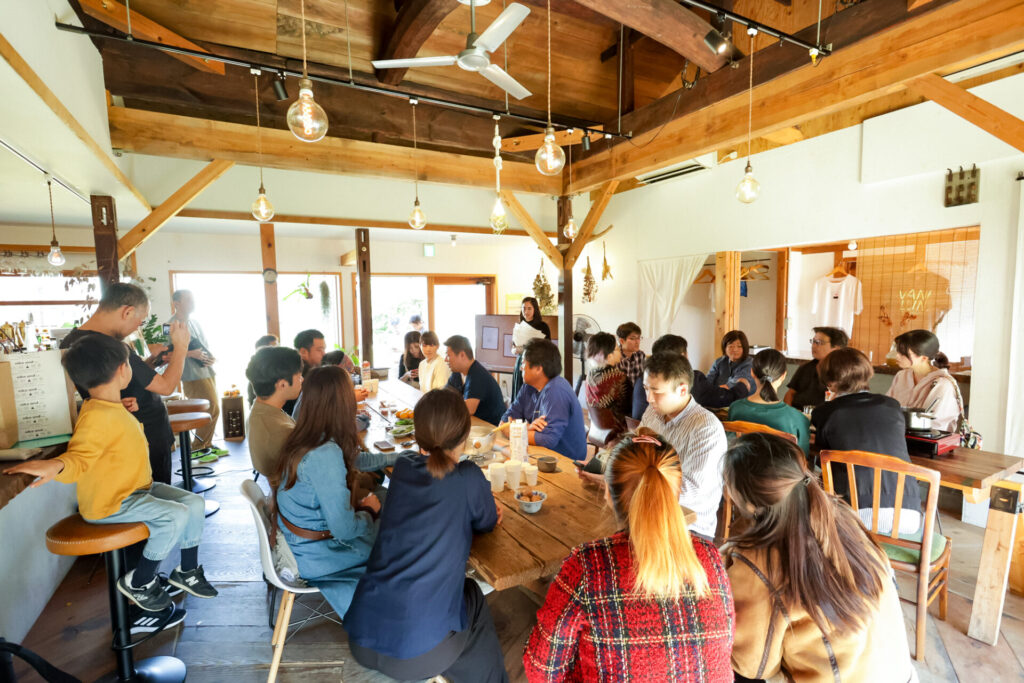
For example, in the workshop, the participants were firstly asked to try spices, herbs and oranges with other senses other than sight; taste, smell and touch. Some frowned at the strong aroma of familiar spices and herbs, while others were surprised by the shape and texture of whole spices. Yet, by awakening their senses, the workshop surely offered them a moment to perceive/re-perceive what had previously been “unsensed”.
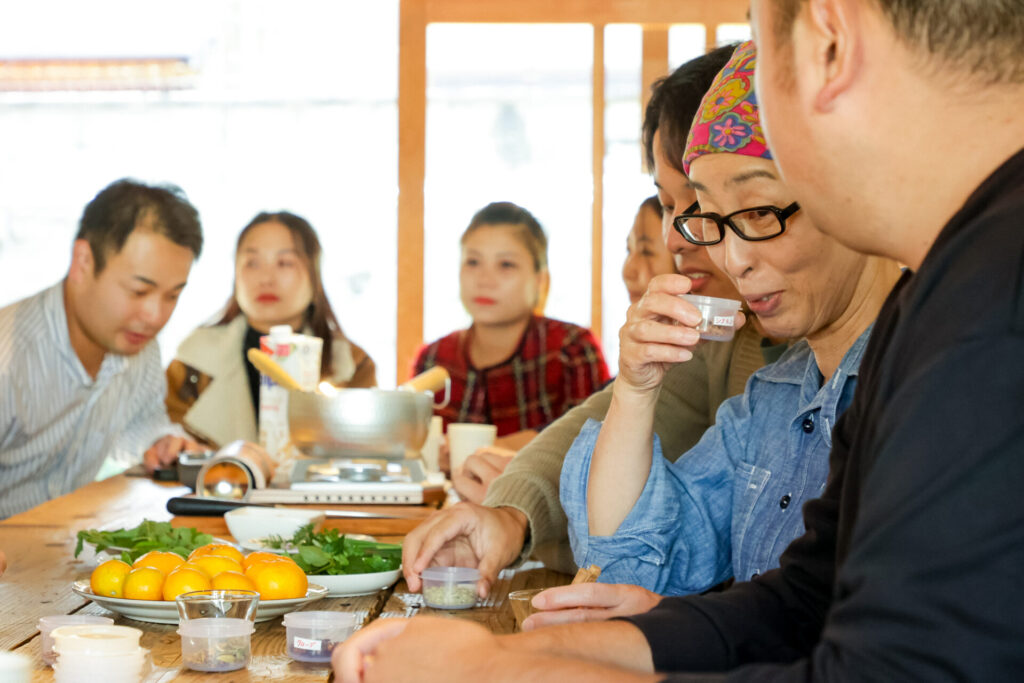

In the second half of the workshop, each group took on a practice, blending spices, herbs and oranges following to the given theme and making original chai. Here, I repeatedly asked participants to value their intuition and to make it freely. Intuition is an elusive sense. Intuition, or inspiration, is one of the key elements in creating artworks.
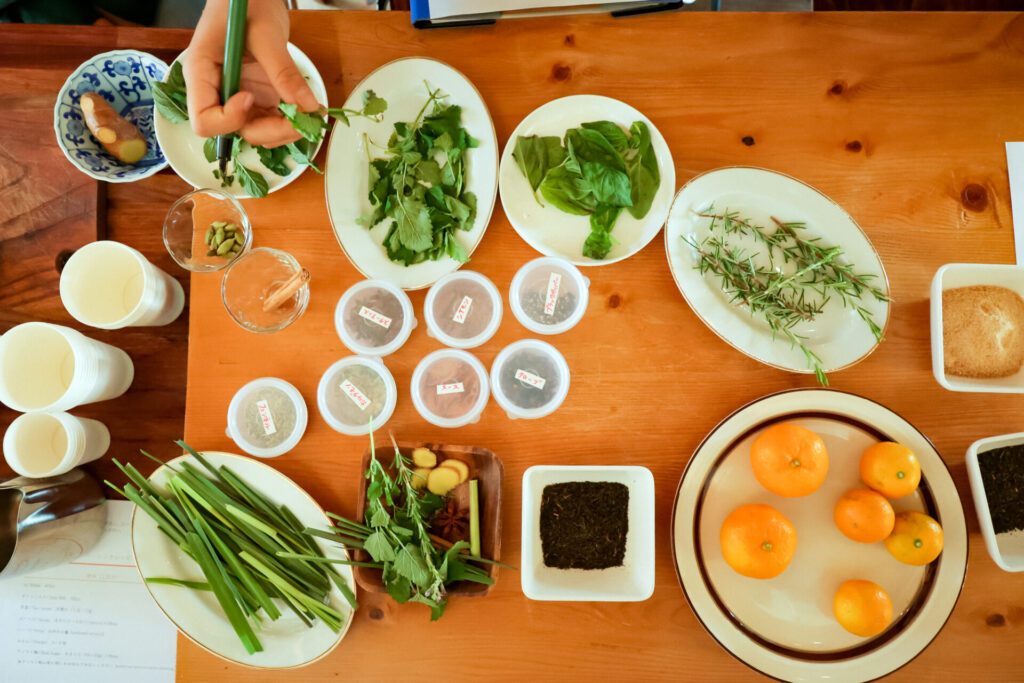
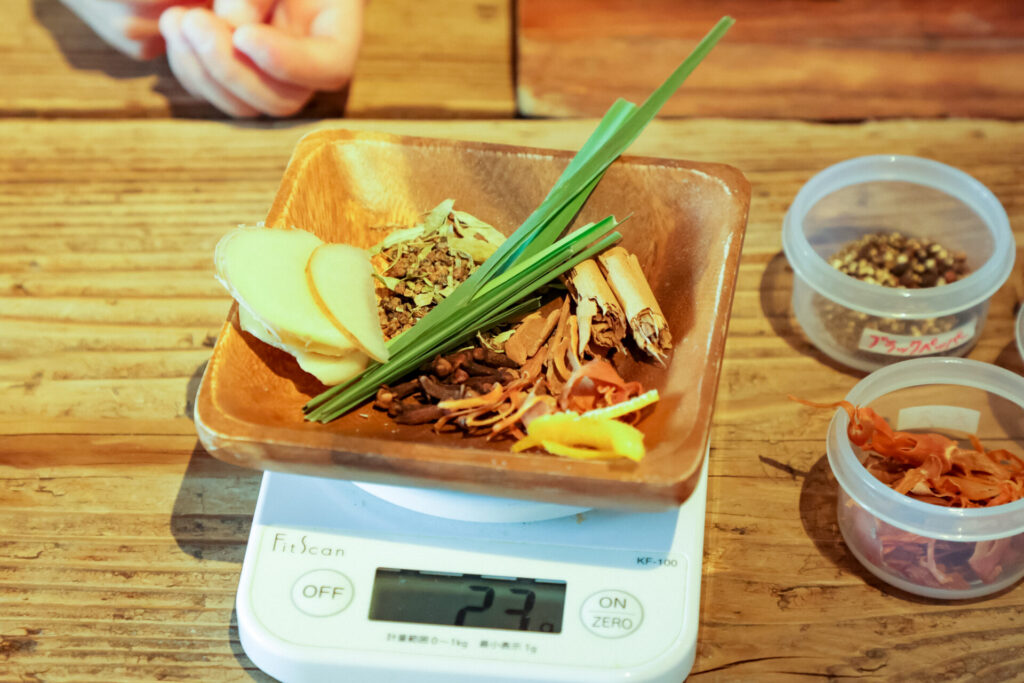
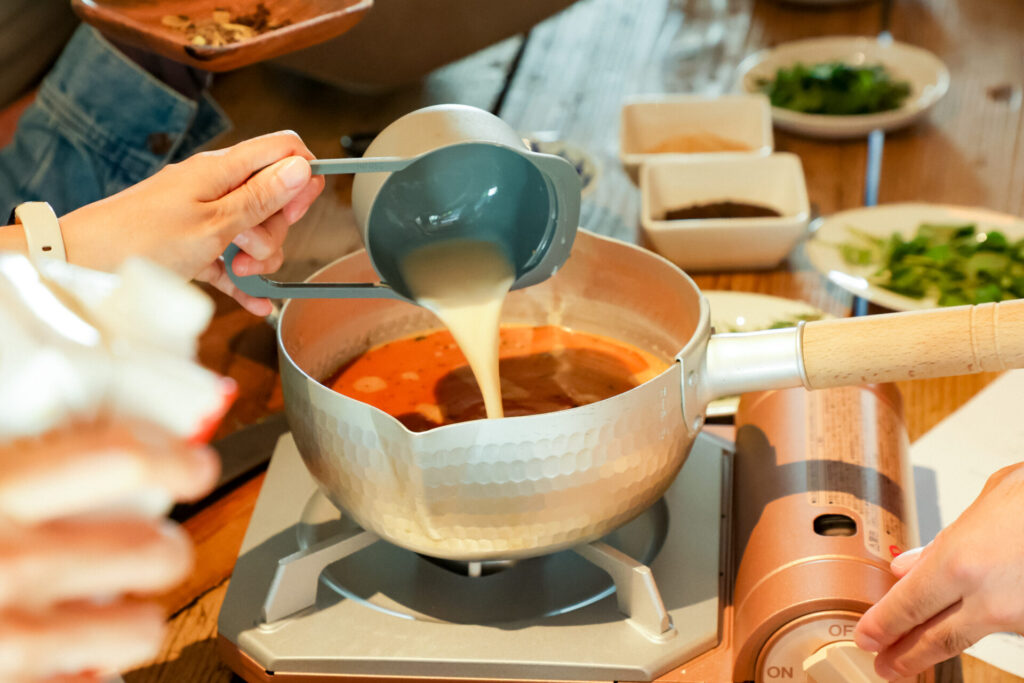
The original chai that each participant made by sharpening their intuition has already gone out from the realm of the Indian drink and has become works of art connecting them.

The workshop was realised as a collaboration with Tuan Mami, a Vietnamese artist who was participating in the artist-in-residence programme of Kinan Art Week. Through a video work in which Vietnamese plants that were once planted in the former East Germany crossed the border into the former West Germany, and through the story of a Vietnamese man living in Germany whom Mami met there said, “Every year I go to see Vietnamese plants growing wild and I feel that I must live strongly”, we were able to understand how herbs have been indispensable to Vietnamese people.
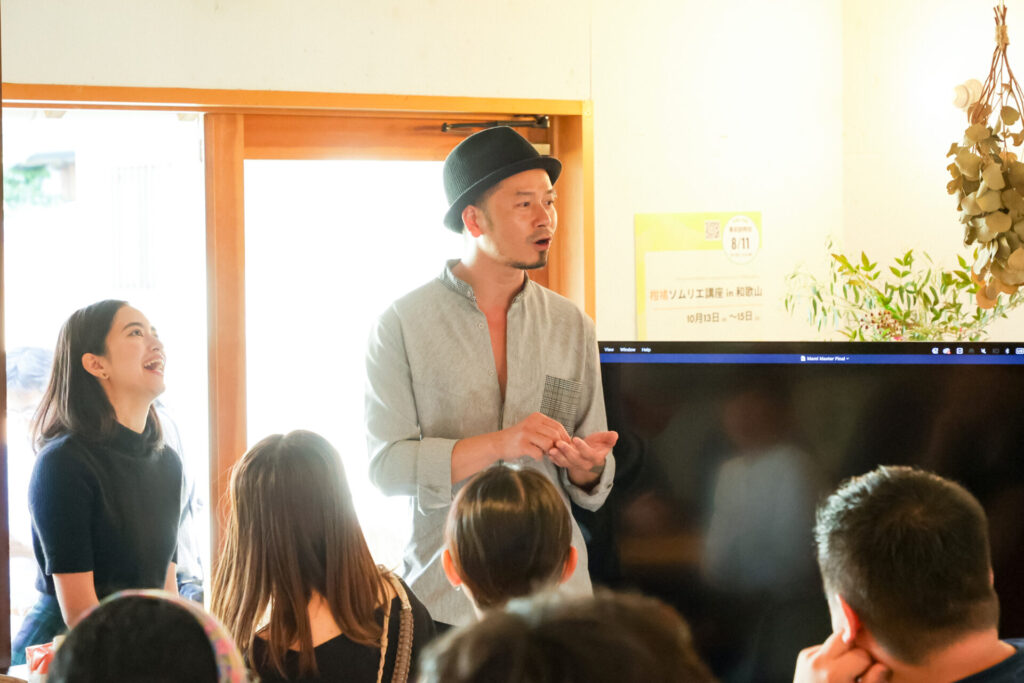
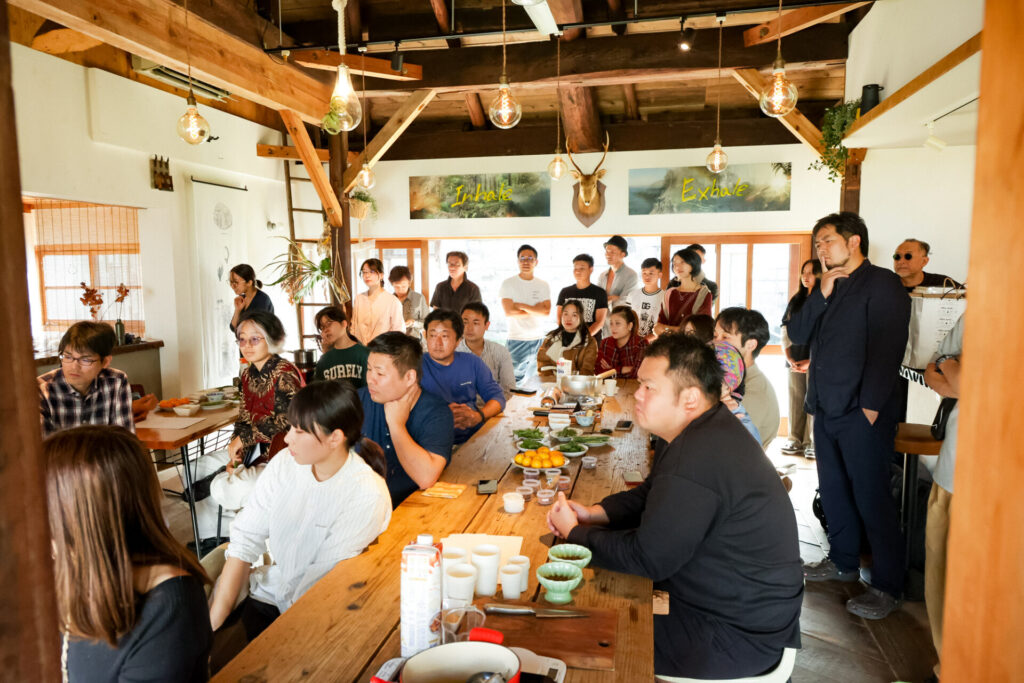
Therefore, making original chai by oranges from Tanabe, Indian spices I brought, and Vietnamese herbs brought by Mami’s friends, the technical internship students, turned out to be an act of creating a far-reaching connection that transcended local borders, which resembled Mami’s activities as well.
However, returning to the title “Mikankaku” here, I realise that I missed the “interval” in the workshop. In the first half of the workshop, I talked about the characteristics and benefits of spices, but I learnt that I needed to be aware of the mental “interval”’, or margins, to encourage participants to be more intuitive in their chai-making. This may have led to the creation of new comfortable “intervals” or the recognition of existing “intervals”.
Conclusion
It is said that sight accounts for approximately 80% of our perception in the five senses. Then what is it about my own art that enables me to perceive not with that sense of sight, but with the senses of hearing, smell, touch and taste, which account for about 20%, and with my intuition? In this workshop, I feel that I have found a glimpse of the answer to this question through the whole process from planning to execution, and through the interaction with Mami and the participants.
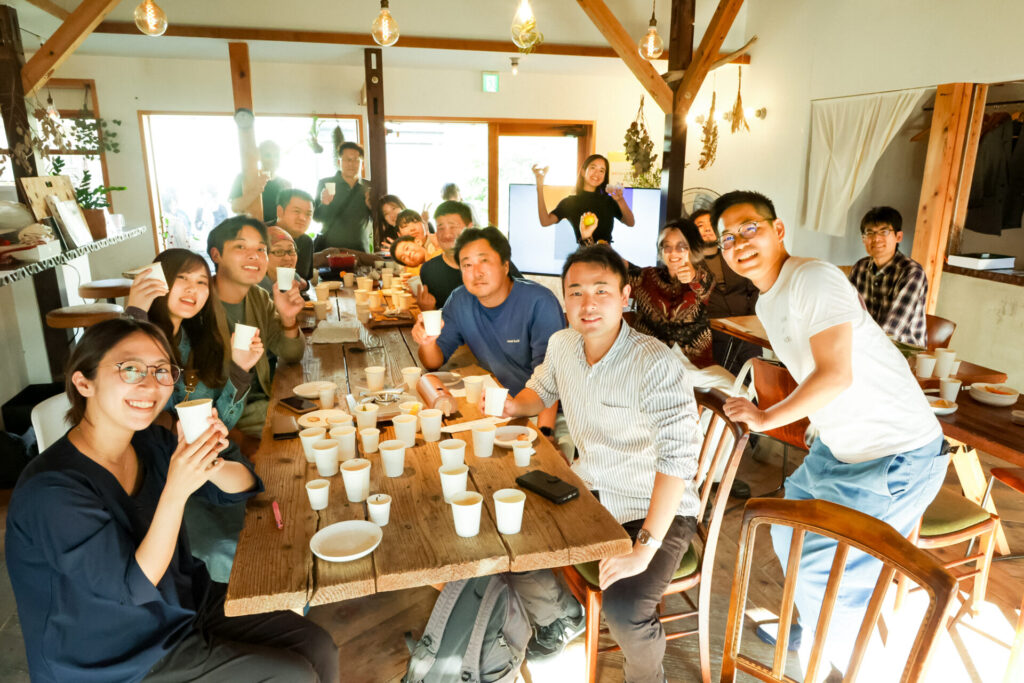
All photos by Manabu Shimoda (coamu creative)
